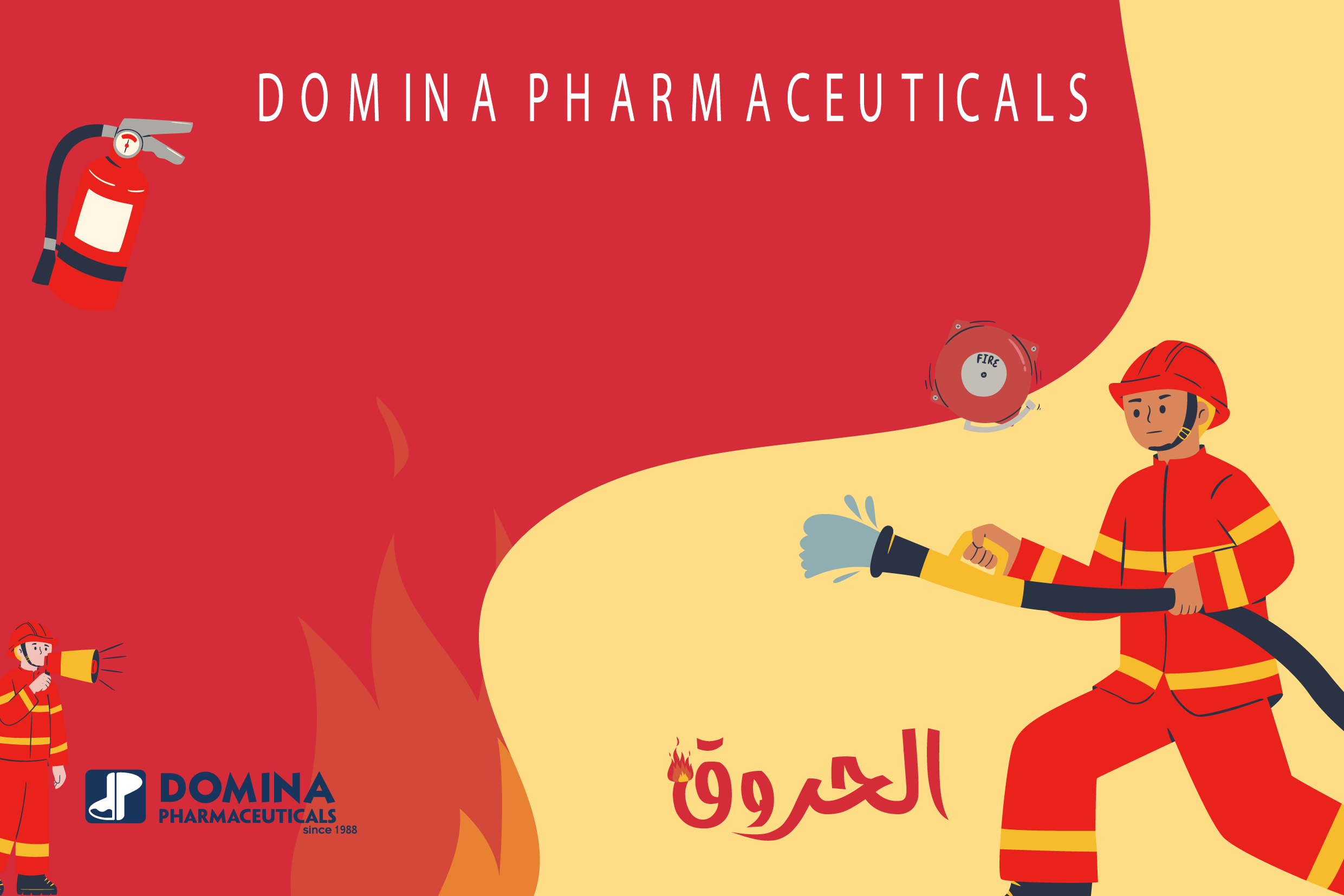
What are the causes of burns?
- Exposure to flames
- Boiling liquids or steam
- Chemical substances
- Electric shock
- Radiation (including sunburn, a common form of radiation burn)
What should you do in the event of a fire?
- Shout "fire" and exit immediately
- Use the stairs to exit; do not use the elevator
- Do not open doors if their handles are warm
- If you must exit, crouch down and go under the smoke to your exit. Close the doors behind you
- If smoke or flames block your exit path, stay in the room, keep the doors closed, and place a damp towel under the door to prevent smoke from entering
How and when should you intervene if you witness a fire?
- It is recommended to intervene and stop the fire using a fire extinguisher if its size is equivalent to a waste basket
- However, if it is larger, it is advisable not to intervene and instead contact the fire department
What do you do if your clothes catch fire or if you see someone on fire?
- Do not run; stop where you are
- Drop to the ground and roll forward or backward to extinguish the flames
How are burns classified?
Burns are classified based on:
- The affected skin layer and the severity of the burn
- The extent of the affected area (a classification relevant to medical professionals)
The American Burn Association has adopted the first classification (skin layer and severity)
First-degree burns:
- Affect only the outer layer of the skin
- Cause redness, swelling, dryness, and pain
- Heal within 6 days, and the dry skin peels during the healing process, leaving no scars
- Sunburn is a common example of first-degree burns
Second-degree burns:
- Affect the first and second layers of the skin (outer and middle layers)
- Cause redness, swelling, and blisters
- Are more severe, often resulting in changes in skin pigmentation without significant scarring
- Typically require up to 3 weeks to heal
Third-degree burns:
- Affect all layers of the skin
- Have a waxy, white appearance, with the surrounding skin being red or dark brown
- Cause swelling and blisters; the person may experience shock due to blood volume loss
- Inflict severe damage, affecting sweat glands, hair follicles, and nerve endings. They are often not painful due to nerve damage
- Lead to serious complications, including infections and tetanus
What are the first aid measures for burns?
The first step is to cool the affected area by exposing it to water for 5-10 minutes
For first-degree burns: Apply an aloe vera-based cream (such as Vita Panthenol) or a similar cream
In the case of second-degree burns:
- Use topical antibiotic cream and cover the area with a loose sterile dressing
- Silver sulfadiazine compounds are the preferred topical antibiotics used in burns as they help prevent infection
- Maintaining cleanliness of the area is essential to prevent infection
- Take pain relievers (acetaminophen, ibuprofen), and you may need oral antibiotics (as prescribed by a doctor)
- Later, use a skin moisturizer and healer
Initially, you can use a cream containing both an antibiotic and a skin healer, such as Hyalo-Plus cream, which contains silver sulfadiazine and sodium hyaluronate to accelerate skin healing.
In the case of third-degree burns: Apply the same first aid measures as for second-degree burns and call for emergency medical assistance to have the injured person transported to the hospital for proper medical care from a doctor.
Misconceptions in treating burns:
- Do not use toothpaste, butter, or flour in treating burns: These substances can trap heat and increase the burn's severity and depth, hindering the healing process
- Applying ice to the burned area causes additional cell damage and contributes to cell death
- Popping blisters increases the risk of infections
References:
1. What to do if a fire starts 2023 [available from: https://www.redcross.org/get-help/how-to-prepare-for- emergencies/types-of-emergencies/fire/if-a-fire-starts.html]
2. Rice p, orgill d. Classification of burn injury 2018 [available from: https://teksmedik.com/uptodate20/d/topic.htm? Path=classification-of-burn-injury]
3. Kahn a, weng m. Burns: types, treatments, and more 2023 [available from: https://www.healthline.com/health/burns]
4. Kaushik s, bird s. Topical chemical burns 2018 [available from: https://teksmedik.com/uptodate20/d/topic.htm?path=topical- chemical-burns]